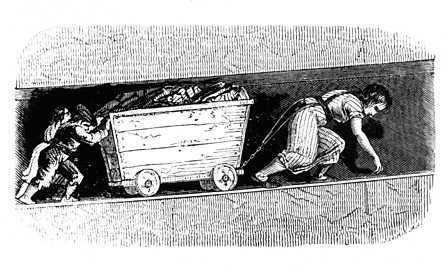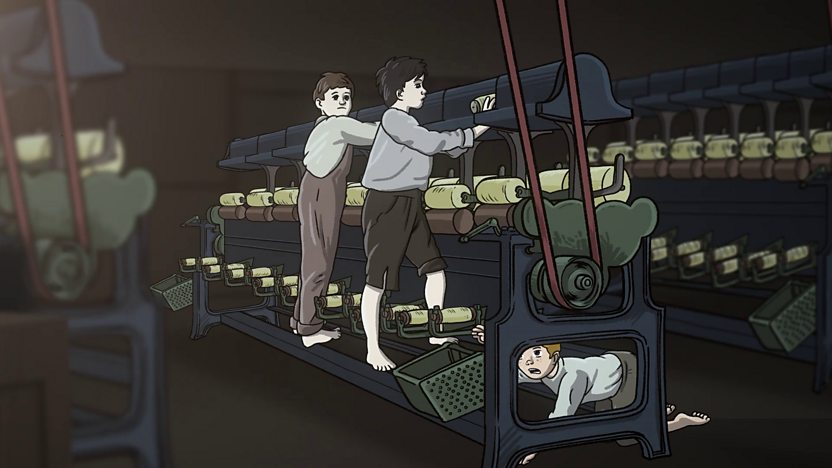Theme
Spring term
Our Spring 2 theme is... A Passport to Europe
Our Key Questions are:
- What is the European Union?
- Where is Europe?
- Which countries can be found within Europe?
- What is a region?
- What are the human/physical features within contrasting localities?
Lesson 1: What countries are within Europe and where are they?


Lesson 2: What are the capital cities of some of the countries within Europe?
Click on the link to learn a song that names many of the capital cities in Europe.
Lesson 3: What is the European Union and what was Brexit?
EU stands or the European Union.
What the video to find out how how the countries work together as part of the EU.
The EU begin in the 1950s. It aimed to bring countries togethers so they could work together, help each other and made trade links. There were six countries who originally founded the EU. These being Germany, France, Italy, Luxembourg, the Neatherlands and Belgium. Over time more countries joined the EU.
The word brexit combines the word 'Britain' and 'Exit'. In June 2016, the UK voted to leave the EU. The vote was extremely close with 51.9% of people voting to leave the European Union and 48.1% of people voting to stay.

Lesson 4: What are the names of some of the mountains, rivers, oceans and seas within Europe?
Lesson 5: What are some of the key landmarks within Europe and are they human or physical features?
Lesson 6 : A study of Norway and comparison to the UK
Autumn term
Our Autumn 1 theme is… Sparks Might Fly



Our Key Question is:
- How did the Industrial Revolution change Britain?
Lesson 1: How did the landscape change during the Industrial Revolution?
Lesson 2: How important was the cotton industry in Burnley?
Lesson 3: Where where canals important in this era?
Lesson 4: What impact did the steam engine have on the Industrial Revolution?
Lesson 4: Who was Samuel Pepys and what did he tell us about the plague?
We learnt the difference between the words epidemic and pandemic.
Then we explored the Mortality Bill and found out the reasons for some of the deaths during the plauge.

We already knew a little about Samuel Pepys from our topic of The Great Fire of London, which we learnt about in Year 1.Today we read extracts from his diary from the time of the plague. After reading his diary we took on the role of reporters. Some of us were news reporters and some of us were Samuel Pepys. The reporters interveiews Samuel Pepys about his thoughts, feelings and views on the plague. We then used that information to write newspaper articles.
Lesson 5: Did the plague spread outside London? What happened in Eyam?
Using maps and atlas' we located London. We then heard about other areas affected by the plague. We learnt how a little village in Derbyshire became infested by the plague and locaged Eyam with the maps and atlas too.

Reverend William Momprsson who who worked in the village, and his wife, had a plan to contain the plague and stop it spreading to nearby villages. One of the most important parts of the plan was to set up a Cordon Sanitaire or quarantine. This was a line which went around the outskirts of the village. No Eyam resident was allowed to pass it. They also had signs, warning travellers not to enter the village.
The village still needed goods and supplies though. The Earl of Denonshire helped by providing supploes that were left at the southern boundary of the village. Villages left their money in a water trough that was filled with vinegar as they realised that vinegar helped to kill the disease. Chursh services took place in the open air rather than people sitting together on pews and those that died were buried as quickly as possible, reducing the risk of the disease spreading further while people were waiting to be burried.
Although the village of Eyam saved many lives by preventing the spread of the plauge, it did mean that the their had a very high propotion of deaths with 260 people dying out of the 800 residents in the village. Some families were wiped out completely.
Lesson 6: What happened in 1666 that caused the decline of the plague?
There is a lot of information about the plague that can be found on the BBC Bitesize website
BBC Bitesize has lots of information to answer this topic.
Play the History game and explore the industrial Revolution in more detail. Be a detective and explore whether the mill owners were cruel to children.
At the end of this topic we will be visiting Astley Hall. This will conclude our Industrial Revolution topic and begin our Plague topic.
Our Autumn 2 theme is… The Plague
Our Key Questions are:
- What were the different types of plagues and how did people catch them?
- What impact did the plague have on London?
- What did the plague doctor look like?
- Why did the plague spread so quick?
- What happened in 1666 that reduced the number of deaths from the plague and how do we know?
- Did the plague spread outside London?
Lesson 1: What was the plague?
Lesson 2: What was the signifficance of the plague doctor?
Lesson 3: What was it like to live in London during the plague?
Lesson 4: Who was Samuel Pepys and what did he tell us about the plague?
Lesson 5: Did the plague spread outside London? What happened in Eyam?
Lesson 6: What happened in 1666 that caused the decline of the plague?
There is a lot of information about the plague that can be found on the BBC Bitesize website.
 Reedley Primary School
Reedley Primary School